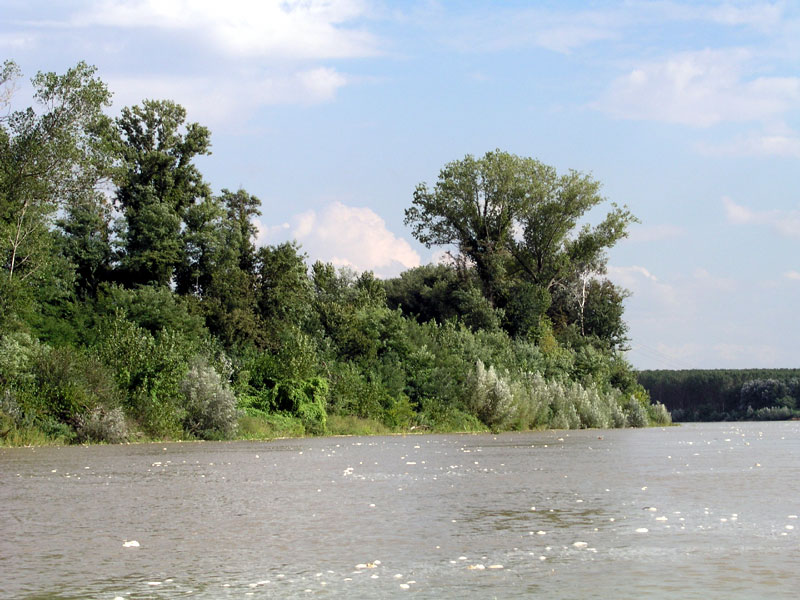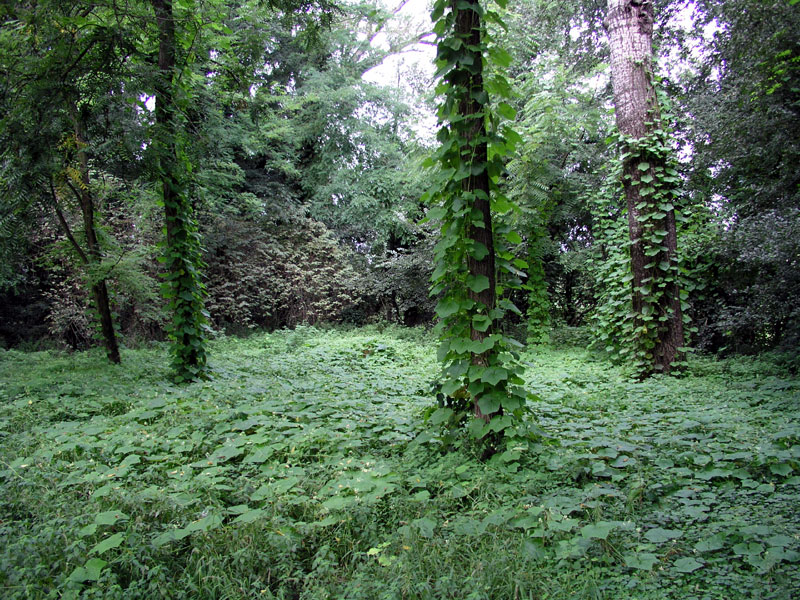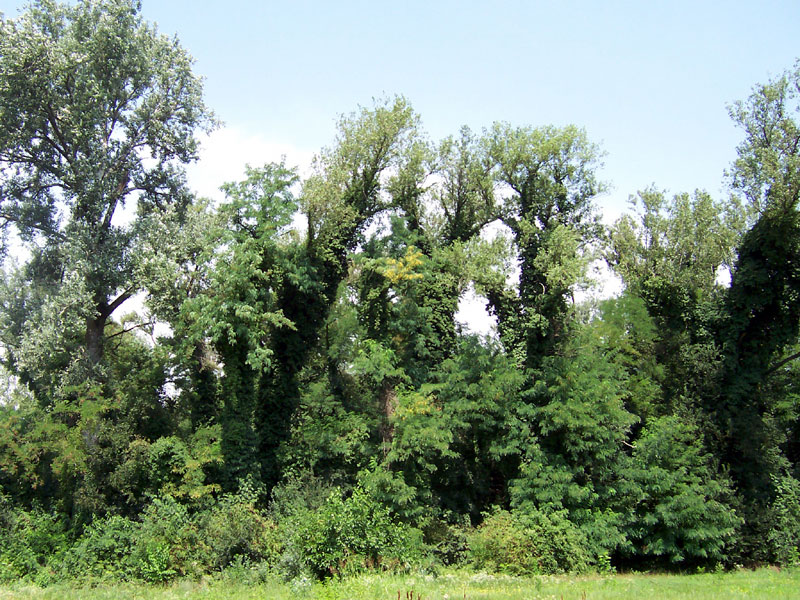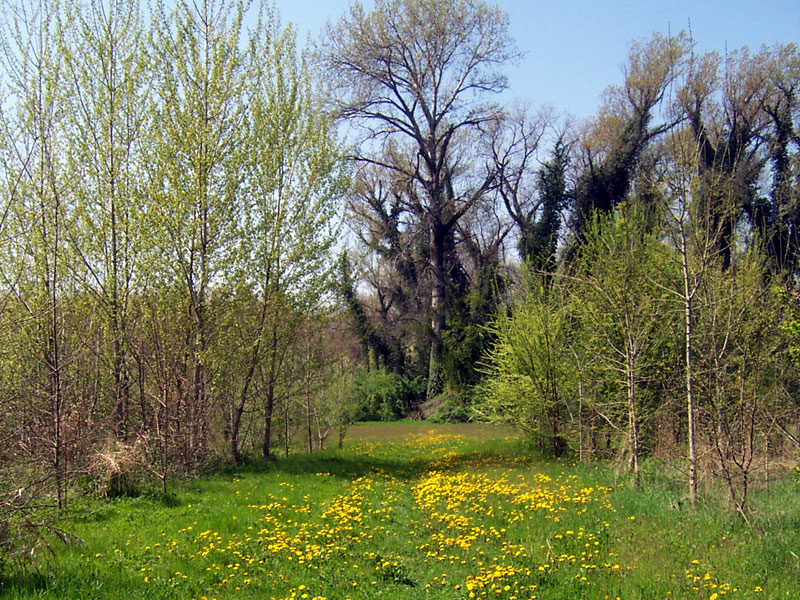Riserva Naturale Isola Boschina
www.ersaf.lombardia.it/biodiversita-e-aree-protette/riserve-naturali/riserva-naturale-isola-boschinaProtected Area
Identity Card
- Land Surface Area: 38.20 ha
- Regions: Lombardia
- Provinces: Mantova
- Municipalities: Ostiglia
- Establishment Measures: DCR 1966 06/03/1985
- PA Official List: EUAP0306
Origins
The origins of Isola Boschina are still mysterious. According to some
historical documents, it formed around the half of the 17th century
when sand deposits transported by the River Po settled and formed
several small islands, which gathered later into a single unit.
However, this hypothesis clashes with the finding in 1880 of a skeleton
of a Megaceros buried under the sediments of the island deposited
thousands years ago. The Megaceros was a Quaternary deer which is now
extinct.
History
From the Honorific Feud to the Timber Trade
According to the existence of a millenary imperial concession, as soon
as new islands formed along this stretch of the river Po, they became
part of the estate of the Mensa Vescovile of Mantova. Isola Boschina
belonged in the 17th century to this ecclesiastic institution which,
from the end of that century entrusted the "honorific feud" to
different noble families from Mantova, among which Gonzaga di
Vescovato, the Mainoldi, and finally Nonio, who subsequently became the
owners of the estate. The estate was handed down until the death of
general Dandolo Battaglini, who gave it in 1968 to Opera Pia Ospedale Civile of Ostiglia.
In
the 1970s it became the property of Gian Battista Meneghini - the first
husband of the famous soprano Maria Callas. It was subsequently bought
by the timber traders of Modena and it became regional property in 1987.
Geology
A 'Rice Grain' of Sand and Clay
The island is situated in a protected niche of the Po River, right
downhill one of the narrowest river sections of its lower course, the
one situated between the settlements of Ostiglia and Revere. This
narrowing must correspond to a steady geological structure, which is
also demonstrated by the fact that in the towns facing the River Po the
Romans decided to settle safe landing stages along one of the most
important roads of that time, the via Claudia Augusta leading beyond
the Alps through the valley of Adige and Brennero.
Boschina is
situated downstream the narrowing, near the convex bank, and it is
therefore sheltered by the most violent erosion phenomena. Its
stability is probably given by this aspect, contrasting with the
general temporariness of the fluvial islands.
The matrix of the soils forming the island is essentially made of sand,
especially along the surrounding hillocks northwards and southwards.
Inland, the floods slowly flow out depositing thinner sediments - mud
and clay.
The
shape of the island recalls a biconvex lens or - according to an image
dear to the people living in Ostiglia - a rice grain. The area covers a
surface of 37 hectares. The island is 1,500 meters long and its maximum
width reaches 400m.
The highest altitude is 18m above sea level.
Vegetation
Precious Woodlands Saved by Destruction
When the Nature Reserve was established, the woodland heritage of the island was very damaged. Indeed, the landscape of the Boschina has always been characterized by a balanced alternation between forest areas and agricultural spaces.
As a matter of fact, since its origins the island was cultivated in its central part and defended by the Po river floods by a series of small embankments, which can still be seen.
During the post-War period, the poplar cultivation was rather widespread on the Boschina, and many forest areas were transformed into areas dedicated to the production of timber.
In the early 70s, also the agricultural surfaces gave way to poplar woods. Boschina ran the risk to transform itself into a large extension of Euro-American poplars, as it frequently occurred in many other fluvial islands.
The turnabout occurred at the beginning of the 80s, exactly in the period when the nature reserve was established thanks to the great sensitization work carried out by the local Section of Italia Nostra. The few remaining natural woods (only 8 hectares were left) have been the reference point to plan the gradual forest reconstruction, after eliminating the poplar woods.
The importance of these relict strips of plain wood, which was the dominating element of the Po Plain landscape along the rivers in the past, is given by their rarity and by the possibility to have a reference model for the fluvial area environmental reconstruction program.
The wood consists of English Oaks (Quercus pedunculata), White Poplars (Populus alba) and Black Poplars (Populus nigra), which form the dominating layer (reaching even 40 meters of height).
Under them there are the Smoothleaf Elm (Ulmus minor), the Field Maple (Acer campestre), the Wild Cherry (Prunus avium), the Raywood Ash (Fraxinus oxycarpa), and the robinia (Robinia pseudacacia) which often becomes an infesting plant.
The high shrub layer is almost exclusively formed by Common Edelberrry (Sambucus nigra), and sometimes by the Down hawthorne (Crataegus mollis) and above all by wild mulberry (Morus alba, Morus nigra), which is an evidence of the ancient cultivation aimed at the silkworm breeding. The Purple Leaf Plum (Prunus cerasifera) is also rather widespread: it is used as rootstock in orchards and could avoid the agricultural practice.
Among the lower shrubs, the Hawthorn (Crataegus monogyna), the Dogwood (Cornus sanguinea), and the European Privet (Ligustrum vulgare) are worth a mention.
Many creepers grow on the island, such as the English Ivy (Hedera helix) climbing up to the highest layers of the wood. We can also find the Traveller's Joy (Clematis vitalba) and the scented Honeysuckle (Lonicera caprifolium), while the Common Hop (Humulus lupulus) grows preferably in open spaces. The delicate sweet violet (Viola odorata) first, then the Pellitory (Parietaria officinalis), and the Goose Grass (Galium aparine). In the lower areas of the island - along the perimeter and the downstream area - there is the willow wood, mainly formed by white willow (Salix alba). The dreadful, exotic Sicyos angulatus has been spreading in the last decades: it is an infesting plant which is greatly endangering the vitality of the willow wood.
Fauna
An Extraordinary Variety of Animals
Despite the presence of scarce natural habitats in the surroundings,
Isola Boschina houses a varied fauna finding shelter and food in the
complexity of the forest ecosystem.
There are a few mammals, while
there are several bird species thanks to the multi-layered structure of
the wood and the diffusion of old or dry plants, and dead trunks.
Among the most widespread mammals there are the hedgehog (Erinaceus europaeus), the hare (Lepus capensis), the fox (Vulpes vulpes), the weasel (Mustela nivalis), and the stone marten (Martes foina).
Woodpeckers are the most significant presence in the Park: among them the Great Spotted Woodpecker (Dendrocopus maior),
whose drumming on the trunks of the ancient poplars leads the visitor
along the route, together with the unmistakable singing of the Green
Woodpecker (Picus viridis), recalling a shrill laugh.
During the mating season - that is from March to September - it is not difficult to sight the black silhouette of black kite (Milvus migrans), a beautiful bird of prey which has chosen Isola Boschina as its nesting site.
Herons have not shown similar preferences. However, they live in
adjacent areas, and in particular sand beaches by the ford and the
mid-branch.
It is not difficult to observe the Grey Heron (Ardea cinerea) or the Little Egret (Egretta garzetta).
Many species of forest birds fly in the thick of the wood where their
unmistakable singing can be heard: from the Blackbird (Turdus merula) to the Blackcap (Sylvia atricapilla), from the Chiffchaff (Phylloscopus collybita) to several Tits (Great Tit - Parus major, Blue Tit - Parus caeruleus, and the Marsh Tit - Parus palustris), always careful not to be eaten by the silent Sparrowhawk (Accipiter nisus).
The Isola represents an important stop for the migratory birds during
the periods of passage, thanks to the presence of thick vegetation.









